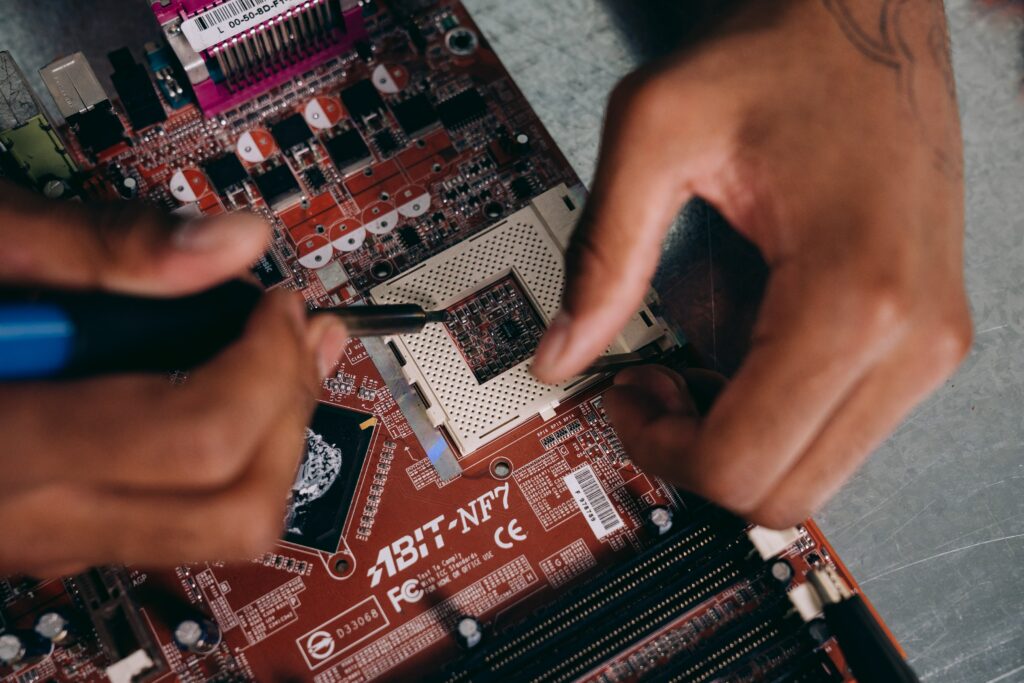Have you noticed that there is a problem in the production of technological products, even cars after the pandemic started? If you’re wondering what the relationship between them might be, let’s say it: Semiconductor chips. There are chips in cars, cell phones, televisions, credit cards, and many technological products we use every day. Although the reason is not only the pandemic, the chip crisis has emerged in the world since March 2020. Moreover, this is not a crisis that we can easily overcome. Interesting Engineer recently shared a very nice article and a video on this subject, and we wanted to share the details of this crisis with you.

To understand the global chip crisis, it is necessary to understand the production of chips and the demand for chips:
Production: China plays the largest role in the production of semiconductor chips. Then come the manufacturers in America and the Far East. Although China is the largest manufacturer, it also needs semiconductor chips and supplies these chips from companies from America and the Far East.
Demand: The demand for chips in most of the products we use in our daily lives is starting to outnumber production over the years. When global crises such as coronavirus are added to this, production cannot meet the demand, and chip crises occur.
3 important reasons for the global chip crisis:
1. Covid-19 Pandemic
Interesting Engineer says the Covid-19 Pandemic has turned the chip shortage into a global chip crisis. The reason for this is that large companies could not foresee that people would turn to e-commerce during their stay at home after the Covid-19 pandemic started. For that reason, they withdraw their chip orders. In other words, the demand increased during this period, but the products could not be completed. Because there were not enough chips on hand, and this demand could not be met.
2. The War Between Superpowers
When the U.S. government imposed restrictions on SMIC, China’s largest chip maker, it made it difficult for that company to sell chips to companies with US ties to companies such as Ford, IBM, Tesla, and Apple. As such, companies turned to manufacturers outside of China, such as Taiwan Semiconductor Manufacturing Company (TSMC) and Samsung. But since these manufacturers were already producing at maximum capacity in their factories, they did not have the opportunity to produce more.
3. Droughts and Fires
Manufacturers use tons of water every day to make chips. For example, TSMC alone uses 63,000 tons of water every day. Taiwan experienced the worst drought of the last fifty years in 2021 and using this amount of water was not easy. In addition, a massive fire broke out at Renesas Electronics’ Naka factory in Japan, and more than 95% of the factory’s capacity had to be repaired. However, after the repair, the plant was unable to reach previous production levels. Moreover, while the chip delivery times had already reached the highest time at 16 weeks, it has surpassed this period and reached 18 weeks, breaking a record.
Impact of Global Chip Crisis on 3 Sectors
It will be very difficult to launch a new model this year, especially for mobile phone companies that release new models every year. Despite being the world’s second largest semiconductor chip maker, Samsung said there was a huge imbalance in supply and demand and delayed the launch of the new Galaxy Note. At the same time, Apple had to delay the launch of the iPhone 12 for 2 months.
Dozens of semiconductor chips are used in many places such as Bluetooth connection, steering wheel, brake in new cars. Therefore, one of the sectors most affected by the chip crisis was the automobile sector. Since early 2021, many factories have had to stop or significantly reduce production at certain times.

Not only mobile phones and cars have been affected by the chip crisis, but entertainment as well. When we say home entertainment, Sony PlayStation comes to mind first. Sony released Playstation 5, which everyone queued up and finished immediately, and this time no one could find it. The reason behind this is not because everyone bought it as soon as it came out, but because it could not be produced in the desired amount due to the chip crisis. Of course, it’s not just Sony that has been affected on the entertainment side, but Microsoft has also been affected by this crisis in Xbox productions.
So, what will the solution be?
Some companies have tried to find a solution to this problem by making changes on the production side. Tesla, for example, had to rewrite its vehicle software to support alternative chips and survive this crisis. Thus, it was able to maintain high production levels and deliver hundreds of thousands of vehicles to its customers. But not every company has been so lucky. In order to solve the chip crisis, not only companies that need chips but also chip manufacturers must continue to innovate. By working faster, building square miles, and employing more people and machines, manufacturers will need to increase their capacity.












